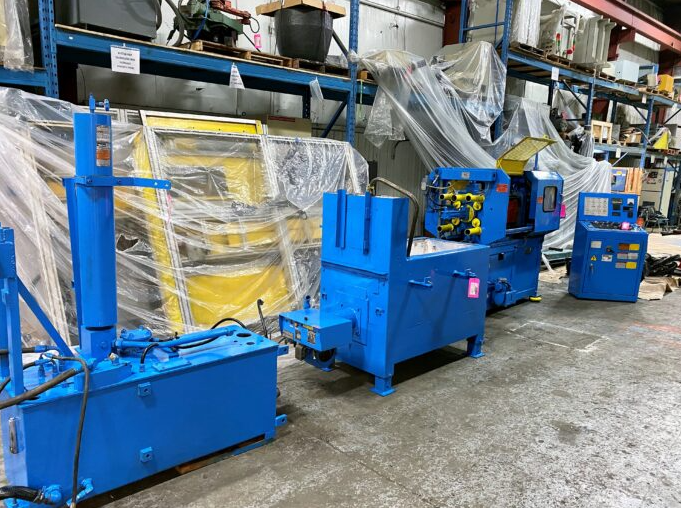In the realm of metal casting, process optimization is essential for achieving high-quality, cost-effective, and efficient production. The design of the hot chamber injection system plays a crucial role in determining the success of the casting process. This article explores the key considerations and strategies involved in optimizing the design of a hot chamber injection system for optimal performance and productivity.

Understanding the Hot Chamber Die Casting Process:
Hot chamber die casting is a popular casting technique used to produce intricate and high-precision metal parts. In this process, the injection system is responsible for transferring molten metal into the die cavity under high pressure. The design of the injection system significantly affects the filling characteristics, metal flow, and overall casting quality.
Material Flow Analysis:
An important aspect of optimizing the hot chamber injection system is conducting a comprehensive material flow analysis. Advanced computer simulation tools can assist in analyzing the flow behavior of molten metal within the system. This analysis helps identify potential issues such as air entrapment, inadequate metal flow, and turbulence, which can lead to casting defects.
By fine-tuning the geometry and layout of channels, runners, and gates within the injection system, engineers can optimize the material flow, ensuring smooth and uniform filling of the die cavity. The aim is to achieve optimal metal distribution, minimize turbulence, and eliminate any areas prone to porosity or incomplete filling.
Designing the Plunger and Gooseneck Assembly:
The plunger and gooseneck assembly is a critical component of the hot chamber injection system. The plunger, driven by a hydraulic or mechanical system, injects the molten metal into the die cavity, while the gooseneck serves as a conduit between the furnace and the plunger.
To optimize the design of the plunger and gooseneck assembly, several factors must be considered. These include selecting appropriate materials with high strength and thermal resistance to withstand the pressure and temperature during the injection process. Additionally, the design should minimize heat loss, ensure proper alignment, and facilitate easy maintenance and replacement.
Controlling Injection Parameters:
Optimizing the hot chamber injection system involves precise control over various injection parameters. These parameters include injection pressure, injection speed, shot size, and dwell time. Each parameter influences the filling behavior, cooling rate, and final properties of the cast part.
Modern hot chamber die casting machines are equipped with advanced control systems that allow for precise adjustment and monitoring of injection parameters. By fine-tuning these parameters, engineers can achieve the desired casting characteristics, such as dimensional accuracy, surface finish, and mechanical properties. Continuous monitoring and feedback enable real-time adjustments to optimize the process and maintain consistency in production.
Cooling System Design:
Efficient cooling is crucial for achieving proper solidification and dimensional stability of the cast part. The design of the cooling system within the hot chamber injection system is essential for controlling cooling rates and minimizing thermal gradients.
The cooling system typically incorporates cooling lines or channels within the die to regulate the temperature of the mold. Proper placement and design of these cooling elements ensure uniform cooling, reduce cycle times, and minimize the risk of casting defects such as warping or cracking.
Continuous Improvement and Iterative Design:
Optimizing the design of the hot chamber injection system is an iterative process. Manufacturers and engineers should embrace continuous improvement and actively seek opportunities to enhance the efficiency and effectiveness of the system.
This can involve conducting regular analysis of casting defects, monitoring process parameters, and collaborating with material suppliers to explore advanced alloys or additives that improve casting performance. Additionally, feedback from operators and technicians can provide valuable insights into practical challenges and suggest areas for improvement in the design and operation of the injection system.
The design of the hot chamber injection system plays a critical role in the overall optimization of the casting process. By carefully considering material flow analysis, designing the plunger and gooseneck assembly, controlling injection parameters, and designing an efficient cooling system, manufacturers can achieve significant improvements in casting quality, productivity, and cost-effectiveness.
The use of advanced computer simulation tools allows for a thorough analysis of material flow, enabling engineers to identify potential issues and optimize the geometry and layout of the injection system components. This, in turn, ensures smooth and uniform filling of the die cavity, minimizing the occurrence of defects and enhancing the overall casting quality.

